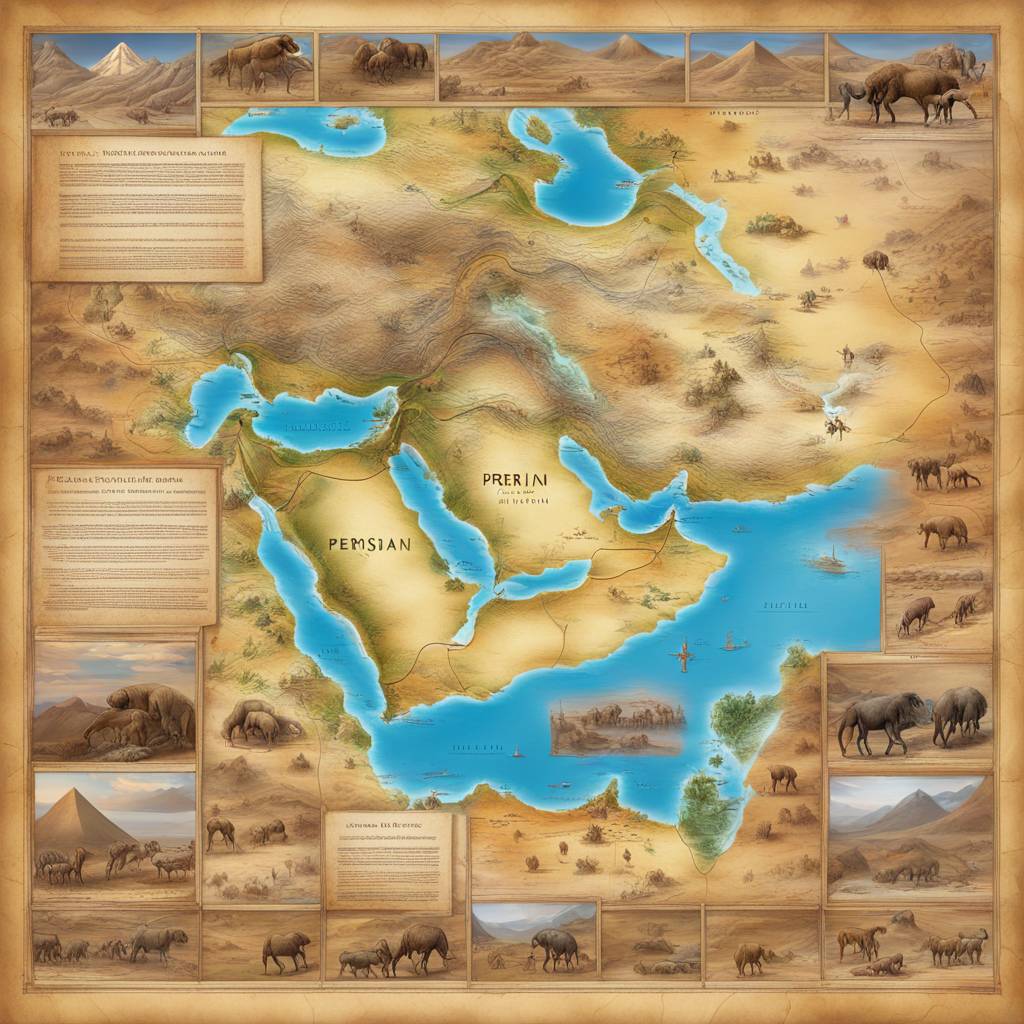The Persian Plateau has been identified as a crucial geographic location for Homo sapiens during the early stages of their migration out of Africa. This new revelation challenges previous understandings of human populations’ expansion into Eurasia. The study, published in Nature Communications, focuses on a period between 70,000 to 45,000 years ago when human populations did not uniformly spread across Eurasia, leading to a gap in our knowledge of their whereabouts during this time.
Key findings from the research include the Persian Plateau serving as a hub for early human settlement. Using a unique genetic approach combined with palaeoecological modelling, the study revealed that population waves originating from the Persian Plateau settled all of Eurasia. This region was identified as a suitable habitat capable of supporting a larger population compared to other areas in West Asia. The genetic resemblance in ancient and modern populations in the area underlines its long-lasting differentiation and its ancestral connection to genetic components found elsewhere on the Plateau.
The genetic signature detected in the study disentangles 40,000 years of admixture and other events, highlighting the Persian Plateau’s significance as a pivotal location for early human settlement and subsequent migrations. Study co-author Professor Michael Petraglia emphasized the importance of this research in providing a clearer picture of early human movements. He stated that the study offers insights into the critical period between the Out of Africa expansion and the differentiation of Eurasian populations, with the Persian Plateau emerging as a key region that requires further archaeological exploration.
First author Leonardo Vallini highlighted the significance of the discovery in elucidating a 20,000 year portion of Homo sapiens’ history outside of Africa, a period during which interactions with Neanderthal populations occurred. This discovery sheds light on the relationships between various Eurasian populations, providing crucial clues for understanding the demographic history of our species across Europe, East Asia, and Oceania. Senior author Professor Luca Pagani noted that the revelation of the Persian Plateau as a hub for early human migration opens new opportunities for archaeological exploration, enriching our understanding of human history and the role of this region in shaping our species’ journey across continents.
Overall, this study combining genetic, palaeoecological, and archaeological evidence has revealed the Persian Plateau as a pivotal geographical location in the early migration of Homo sapiens out of Africa. The findings challenge previous theories about human populations’ expansion into Eurasia and highlight the region’s role as a hub for early human settlement and subsequent migrations. The genetic signature detected in ancient and modern populations on the Plateau underscores its long-lasting differentiation and ancestral connection to genetic components found elsewhere in the region. This research offers valuable insights into the critical period between the Out of Africa expansion and the differentiation of Eurasian populations, emphasizing the need for further archaeological exploration in the Persian Plateau region.













